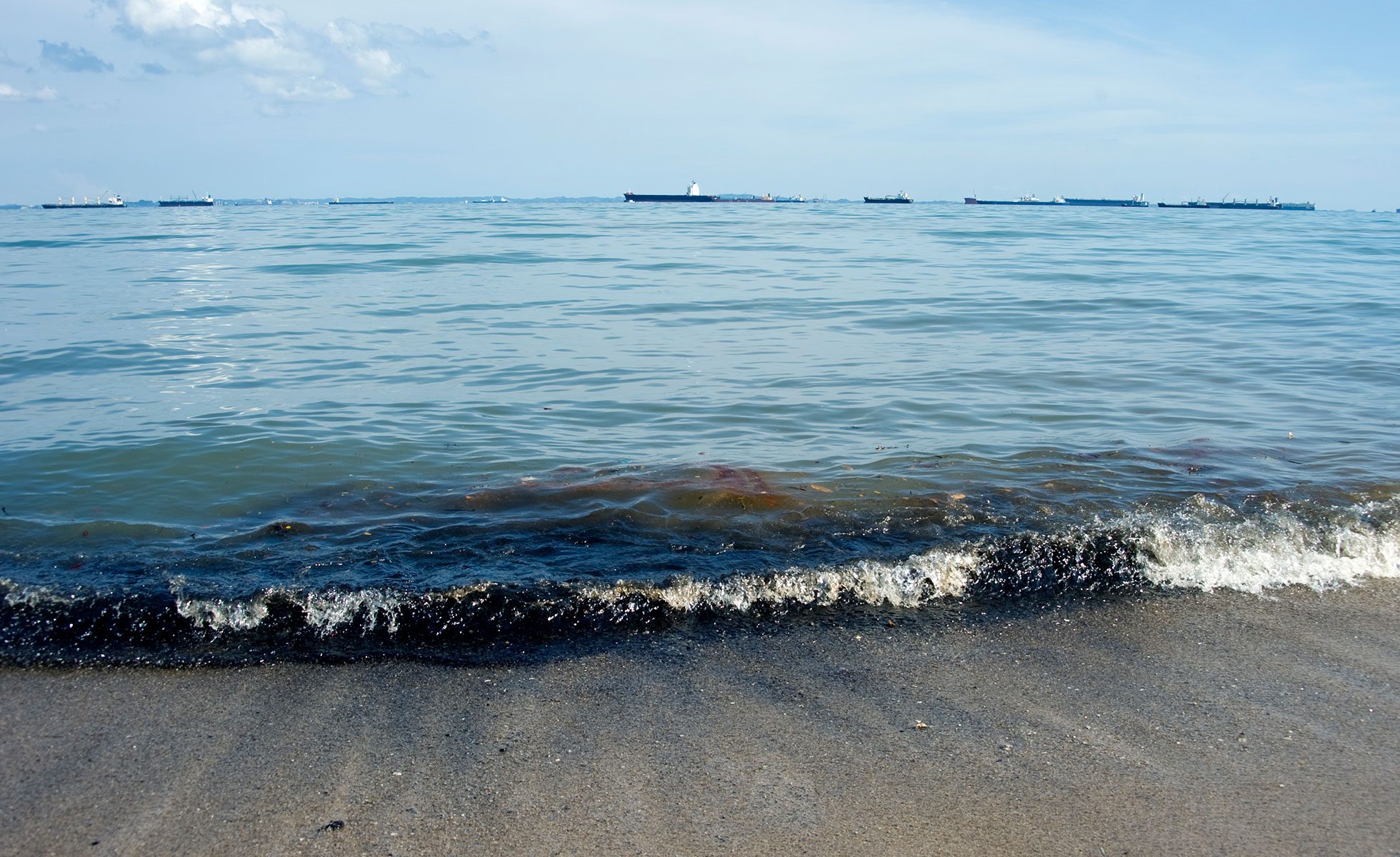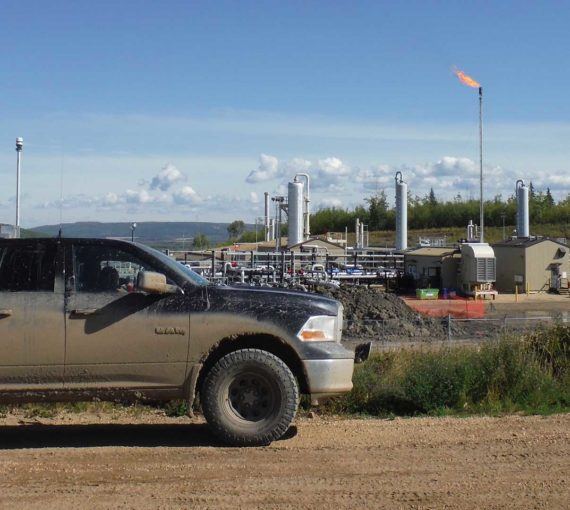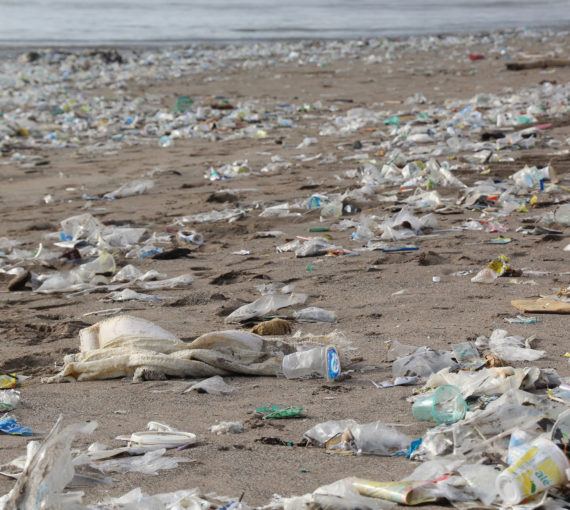After examining potential impacts of a 15,000-cubic-metre oil spill in B.C. waters on 21 marine mammals, researchers concluded most individuals would be at risk and a few local populations wouldn’t survive. Baleen whales, for example, are highly susceptible to ingesting oil because they breathe through blowholes, filter and eat food from the ocean surface and rely on invertebrate prey. Oil residue can stick to the baleen, restricting the amount of food they consume.
Resident and transient killer whales, sea otters and Steller sea lions were most likely to see a drop in population levels from an oil spill. Killer whales are especially vulnerable because of their small populations, low reproductive rates, dietary specialization, long lives and complex social structure. The 76 southern resident killer whales off the B.C. coast, Canada’s most endangered marine mammal, are particularly threatened by oil spills, as well as ship strikes and underwater noise that hinders their ability to feed and communicate.
If Trans Mountain’s Kinder Morgan pipeline expansion proceeds and an oil spill occurs, the study estimates it would affect between 22 and 80 per cent of these whales’ critical Salish Sea habitat. They already face severe chinook salmon prey shortages and other challenges. In court, opponents argued that adding pipeline and tanker impacts to the mix could lead to their extinction.
Following the 1989 Exxon Valdez disaster in Prince William Sound, a unique pod of north coast orcas vanished forever. Nine of the 22 whales died and remaining pod members didn’t produce any living offspring.
All marine mammals are vulnerable to oil spills because they surface to breathe. If that happens in a spill, oil can adhere to their bodies, and they can inhale toxic vapours and ingest oil. Marine mammals exposed to oil spills may suffer damaged airways, congested lungs, stomach ulcerations, eye and skin lesions, weight loss and stunted growth. When whales and dolphins surface to breathe, oil can restrict their blowholes and airways. When seals and otters try to clean oil matted on their coats, they ingest it. They also lose heat because spilled oil ruins their natural insulation, so they can die of hypothermia.
Even indirect exposure to small amounts of oil chemicals known as polycyclic aromatic hydrocarbons can have profound toxic effects on animals and fish, particularly the young. Two years after the Exxon Valdez spill, mortality rates in pink salmon eggs were 96 per cent higher than pre-spill levels. Researchers estimated that shoreline habitats such as mussel beds could take up to 30 years to recover fully.
Chronic oil pollution from ships travelling off Canada’s coasts kills hundreds of thousands of seabirds every year. In the late 1990s, an estimated 300,000 birds died annually off Newfoundland’s coast alone.
No technology will adequately clean most oil spills, especially diluted bitumen. Unlike conventional crude, bitumen can sink if spilled in water, according to a 2016 study by the National Academy of Sciences. It also found that current regulations and spill-response techniques can’t manage the unique behaviour and higher risks of a bitumen spill. Tar balls sink to the bottom or hang in the water column, eluding conventional booms used to contain oil spills.
An Oil Tanker Moratorium Act before Parliament recognizes that B.C.’s north coast ecosystems and local economies must be protected from oil spill risks. B.C.’s new government will argue in its case against the Kinder Morgan pipeline that the federal government failed to evaluate the project’s risks to the marine environment — a breach of its obligation to consider the national interest.
It’s certainly not in the interests of any marine mammal, especially endangered ones, to add more shipping traffic or increase oil spill risks — nor is it in keeping with our Paris Agreement commitments to shift away from fossil fuels. Let’s hope that the Kinder Morgan project goes the way of the Energy East pipeline.




